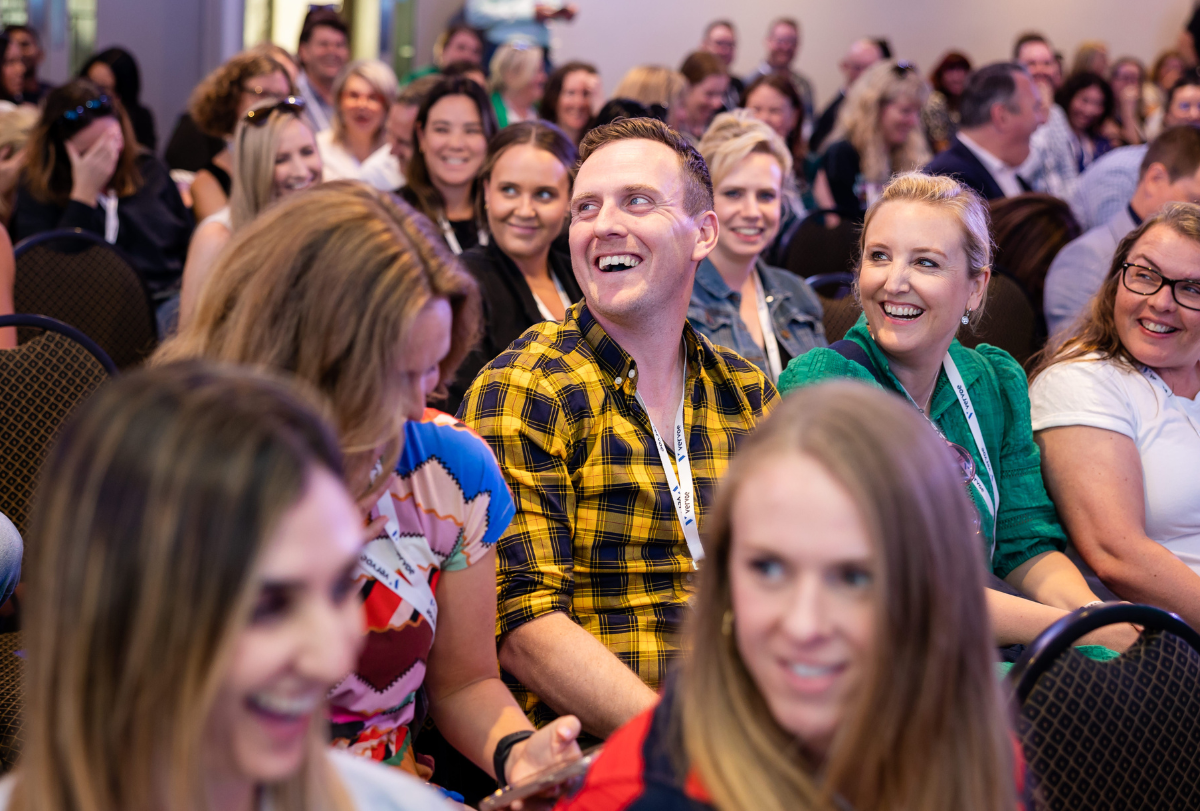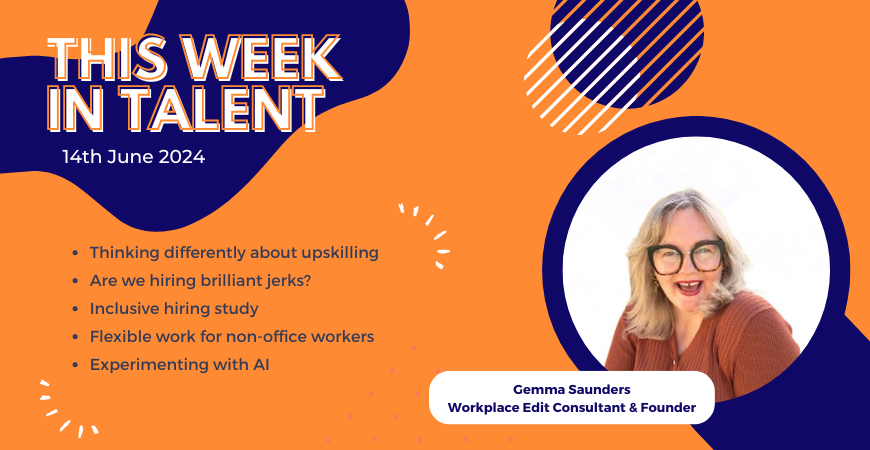I hired an MBA with thirty years of experience thinking that was important. I was wrong.
He was my prince. A savior. Until he asked…
Can I bring my dog to work?
As a pet-friendly fella that’s not tight on “corporate” rules, I said sure, why not.
I’ve done it in the past. And I still tend to bring in my sausage every now and again.
He’s a dachshund named Buster.
It was the first day of training and things we’re going miserably.
The damn dog had to piss more than I did. I’m notoriously known for having the bladder the size of a baby!
Seriously, I’ve had surgery to stretch it.
Don’t laugh!
Then the unthinkable happened.
I went over to his office to check on him.
He wasn’t there.
Where could he have gone I thought.
I slowly raised my head (like a slow action scene in a movie.)
My eyes looked up. I saw him through the office window. The hairs on my neck raised, my fist clenched.
I was not happy.
As I stood there for what seemed like an hour looking at him with disgrace, a thought went through my mind.
He actually had an excellent golf swing.
The gentleman was practicing his swing in our office lawn.
During his training time!
I told him to pack his stuff. This was not the right fit, I made a mistake.
It was my fault!
I allowed it.
I didn’t have the right hiring process.
I hired a faker. A faker for our company and our culture. I’m sure he’s brilliant elsewhere.
I was a fool.
Avoid my pain and follow a systematic hiring process, that builds your credibility as a firm, treats people with respect and hires the best people for your team.
Create an obstacle to screen the job chasers. The possible fakers.
Most companies use the spray and pray system for hiring.
They create a job description, post it, look at resumes and hope they hire the right person.
This is a reactionary process.
Instead, you need to create a job description and the key results the role will require to achieve.
What are the five things they must have or do that determines success in that role?
Once you have the basics completed, you’ll post your position.
When you do, add a slight hurdle.
Create a test to see if they’re paying attention to details and avoid people who don’t really care about your position or your company.
One of the best ones we’ve used it to ask for a cover letter and to answer a question, why do you feel you’re the best fit for the role?
This screens and qualifies.
Time is scarce so this allows us to focus on the potential hires that matter. The ones that deserve a respectful and diligent hiring process.
This round of screening is done by our People Operations Manager or someone on the team.
Almost always if they pay attention to the details, they’ll get a phone interview.
The phone screen is a mandatory starting point.

Photo by rawpixel on Unsplash
Don’t waste peoples time. Yours included.
The first interview is always done on the phone.
In this interview, we’re testing the basics of fitting in with our culture and values.
We’re looking at personality, promptness, and how they respond to guided questions.
For example, some questions we might use are:
- “Tell me a little bit about yourself? (Builds rapport) Listen for language clues to values and qualities…”
- “What got you excited about this position?”
- “Describe a time when you worked with someone who had a very different working style than you. How did you get the job done?”
- “What did you do in your previous job to contribute toward a positive teamwork environment? Give specific examples.”
Building a team-oriented approach is very important to us, so we interview based on this core value.
This phone interview is always done by the direct Hiring Manager.
She fills out a scorecard, rates the candidate on multiple benchmarks sends it off to our People Operations Manager, and we reject or move to the next phase.
Conduct an in-person interview that tests for values and competence.

Photo by rawpixel on Unsplash
The next interview is the in-person meeting.
It’s like dating via Facebook and today, you meet in person.
Are you going to be “Cat Fished?”
You’re going to see two things.
- The person you heard on the phone will show up. Same tone. Same personality. All is good.
- Or, you’ve been punked. The person will show up (or not) as a different person. Could be nerves, so don’t look too much into it.
This first test is promptness and demeanour.
One of my rules for living is to be on time. If I made the commitment, then I need to commit, which is why I say no more often than yes.
Early is on time, on time is late, late is bad business.
We had an interviewee show up on their first face to face interview seven minutes late. In this interview we have more people attend, so time is scarce and costly.
I kindly greeted her with respect and said, it’s a value of ours to respect others time, and unfortunately we will not proceed with the interview.
Thank you for your interest in us, and I wish you nothing but the best.
Maybe she got mad when she got back in the car, or perhaps she just didn’t care.
In any case, we avoided a cultural conflict.
The next is to screen for demeanour.
- Are they presenting themselves professionally?
- Are they smiling?
- Do they greet everything with a warm and genuine hello, how are you?
These are all great signs.
Finally, you need to get down and dirty in the interview, and the People Operations Manager and Hiring Manager will attend, together.
In this interview, questions will be asked that get insight into role competence, core values, and some fundamental situational questions.
A scorecard is completed, and they either fail and are rejected or enter our final stage of interviews.
The final in-person interview is a palm sweating, situation based interview

Photo by rawpixel on Unsplash
In this interview, we bring in the forces.
It’s crucial we get our hiring right, not just for us, but for the candidate as well.
It’s not good having a cultural and professional mismatch join the cavalry.
In this interview, our People Operations Manager, Hiring Manager, Director of Operations (unless she’s the Hiring Manager), and me, the CEO will join.
This happens on every potential hire.
My role is to listen, observe, ask follow-on questions and hit them with my three go-to questions as I like to see how they think.
- If you were to give a 60 second commercial on yourself, what would it sound like?
- What brand inspires you and why?
- Think of the last non-fiction book you read. Teach me the most important concept you learned in less than two minutes.
But now to the situational questions.
These allow us to see the behaviour, how they’d work through problems, and ultimately how they’d work with their team.
An example would be:
“We brainstorm a new product/solution and outline the unique selling proposition, the audience, and the mediums in which we need to use to establish a quality marketing campaign. On the whiteboard draw the possible marketing funnel from engaging through convert, explain each stage and why you chose it and try to get buy-in from your marketing team, us.”
Just an example.
If you follow these simple steps, you’ll screen the fakers and hire the makers.
As a company, humans have been my biggest hurdle.
In my peer groups, masterminds and business conferences, I’m not alone.
Upgrade your hiring system, and you’ll upgrade your business. And your sanity.
Cover image: Ben White on Unsplash
This article first appeared on Medium on 11 August 2018.
Struggling to gain visibility & control over your workforce? Join us at the Contingent Workforce Workshop 2018 in Melbourne or Sydney to learn the skills, models and case studies you need to solve these challenges!





























